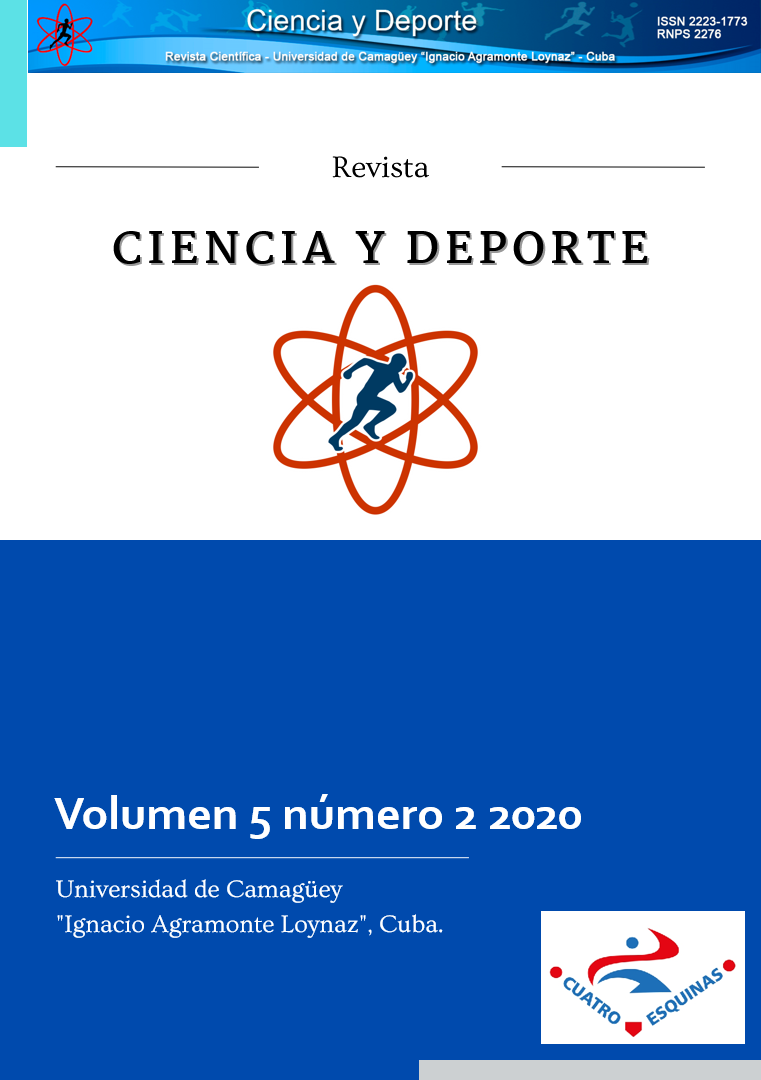Did chess travel the tortuous Silk Road to the sands of Alexandria?
Main Article Content
Abstract
The expression "Silk Road" is historically referred to as the route, both by land and by sea, traveled by merchants, craftsmen, diplomats, and the military since the 1st century BC. A commercial network that went from China in the Far East, to Europe, the Mediterranean and North Africa; crossing territories of what we know today as Mongolia, India, Pakistan, Uzbekistan, Persia, Arabia, Syria, Turkey, Russia, Egypt, Somalia and others of the Near East. Through this communication mesh not only silk was commercialized but other species and valuable and exotic products for the Europeans. But also, there were goods with an immaterial profile as important as the beliefs, traditions, philosophies,
religions, political tendencies, musical forms, literature, artistic expressions and games; most probably, among them, chess. And it was precisely these intangible cultural products that gave an indelible stamp to such civilizations and to those that were generated from them later on. To this end, we present a historical outline of the most consistent hypotheses regarding the origin of the game of chess; proposals that we will call Chinese, Indian, Persian, Arab, Egyptian and Irish, respectively.
Downloads
Article Details

This work is licensed under a Creative Commons Attribution-NonCommercial-ShareAlike 4.0 International License.
As part of the submission process, authors are required to indicate that their submission meets all of the elements listed below, and to be aware that submissions that do not meet these guidelines may be returned to the author.
Declaration of authorship and originality
The author who sends the submission to Science and Sports, certifies:
- That each of the people listed as author has contributed directly to the intellectual content of the work, approves the contents of the manuscript that is submitted to the editorial process and gives their consent for their name to appear in its authorship.
- That the petition has not been previously published, is not under review in another journal, nor does it appear in another work accepted for publication by another publisher.
- That in the event that the content has been presented in a communication or congress, the current petition represents a substantial modification of it and the text on which it is based has been properly cited. An explanation of this circumstance is provided to the publisher in the appropriate place on the submission form ("Comments to the editor" box).
- That each of the people listed as author agrees not to submit this work for consideration by another publication while it is in the editorial process in Science and Sports.
- That the contribution of those people who, not being signatories of the same nor responsible for the final version, have contributed substantially to the development of the work and have granted their permission for such has been recognized in a note of the article, as a way of gratitude. mention.
- That the data and publications on which the information contained in the work is based, or that have had a relevant influence on it, have been cited in the text and in the list of bibliographic references, taking responsibility, in terms of rights. copyright refers to any litigation or claim related to intellectual property rights, exonerating Ciencia y Deporte from liability.
Likewise, the author who submits the work must confirm compliance with the following points:
- The text meets the bibliographic and style requirements indicated.
- If the text has been assigned to a section of the journal subject to peer review ( see section policy ).
- The file sent is in DOC or DOCX format.
- Where possible, web addresses and DOI have been added to references.
Copyright notice
The authors who publish in Science and Sports agree to the following terms:
- The authors retain the copyright, guaranteeing Ciencia y Deporte the right to the first publication of the work that they send to the magazine so that it can be submitted to the editorial process.
- The authors are aware that their work is published under a CreativeCommons (CC) 4.0 License. (CC BY-NC-SA 4.0) Attribution-NonCommercial-ShareAlike 4.0 International. that allows others to share it with an acknowledgment of the authorship of the work and its initial publication in this journal.
- The authors of Science and Sports have the rights to exploit the work that has been published in this magazine, authorizing its Publisher to exercise free reproduction, distribution and public communication for non-commercial purposes.
- The authors know that their work will be stored on servers and reproduced in digital format for incorporation into institutional repositories and databases that will facilitate free access to the full text of the work.
- Authors may distribute the version of the work published in Ciencia y Deporte immediately after the release of each issue (for example, place it in an institutional repository or publish it in a book), with express recognition of its initial publication in Ciencia and Sport.
References
Blanco, U. (2019) El ajedrez, patrimonio cultural de la humanidad (En prensa).
Hernández Acuña, Diana (2014) El ajedrez visto desde las pasiones que pueden surgir en el juego”. Tesis doctoral en Filosofía. Universidad Industrial de Santander, Bucaramanga.
Martínez Estrada, Ezequiel (2008) Filosofía del Ajedrez. Buenos Aires: Biblioteca Nacional.

